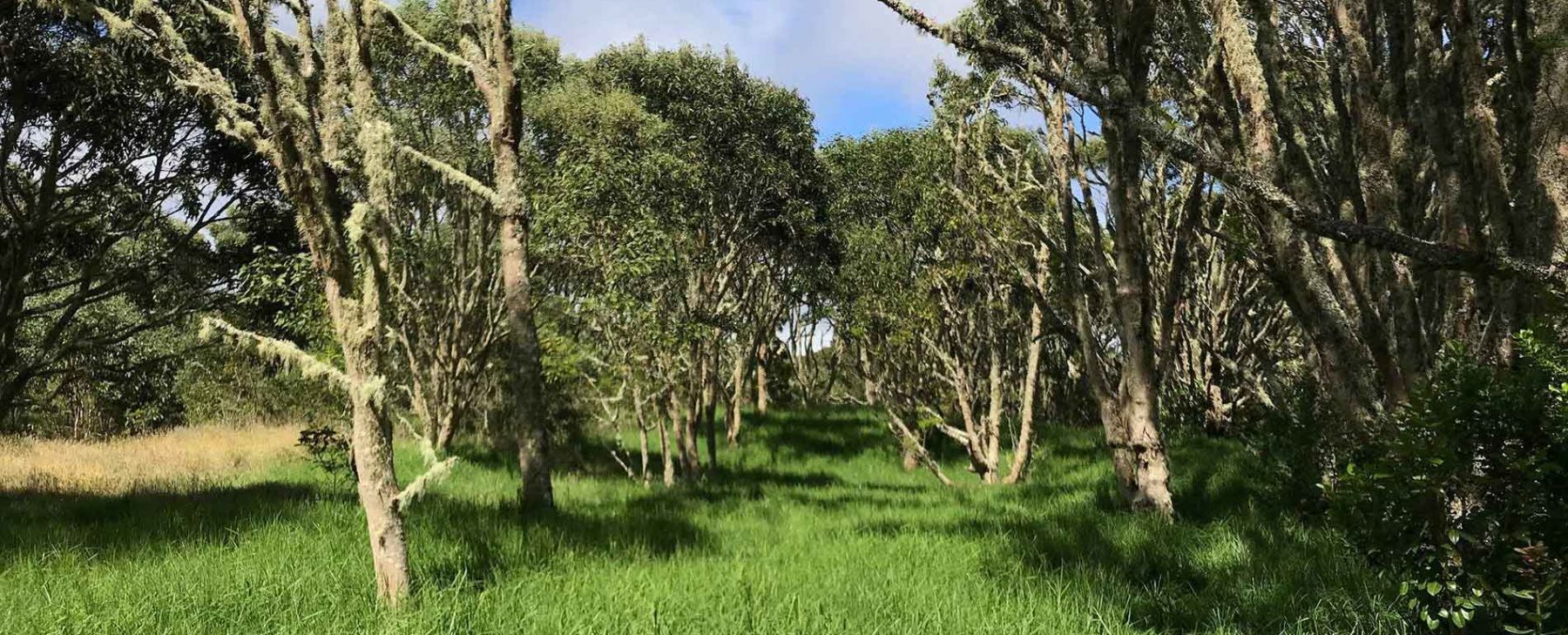Species Effects on Ecosystem Processes
The prevalence of invasive exotic plant species on the landscape has provided a tool for examining how species effects on nitrogen cycling develop. With former graduate student Michelle Mack and undergraduate students, we produced a major body of work on the effect of introduced grasses on nitrogen cycling in Hawaiian woodlands. We found that contrary to our expectations, introduced grasses had little to no effect on nitrogen cycling in otherwise undisturbed Hawaiian woodlands despite their very high abundance and large amount of standing litter. This was because they did not replace native species but rather interacted with them in a competitive and compensatory manner. By contrast, after fire these woodlands become dominated almost exclusively by exotic grasses, nitrogen cycling is sped up and overall ecosystem N retention greatly decreases. The increased leakiness of this system after fire is due to the loss of native species caused by fire after grass invasion rather than direct inputs from the grasses. We are now going back to these systems that we studied in the 1990s and with postdoc Stephanie Yelenik evaluating how ecosystem nitrogen cycling and retention has changed in the 15 more years that have passed since the initial fires and dramatic community change. Our initial results suggest that although the exotic grasses are still dominant in these burned ecosystems, exotic woody species are beginning to invade. Also in unburned woodlands, exotic grass composition in the understory is changing dramatically. In NSF sponsored research, we are exploring the consequences of these changes for N cycling.
